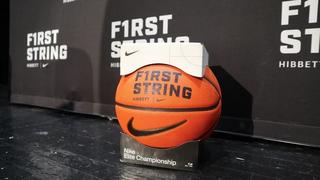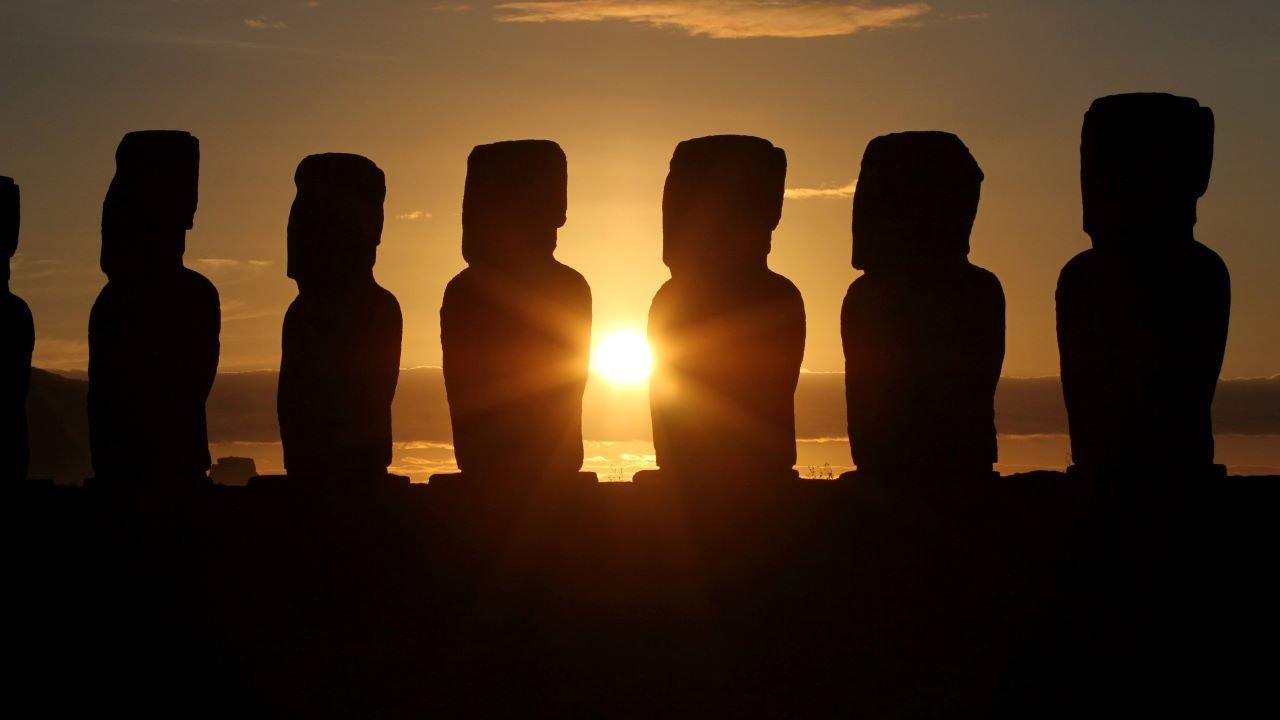
Nov 25, 2025
Hibbett and Nike named two additional high schools to their joint First String philanthropic initiative this month, continuing their commitment to supporting youth athletes during the season of giving.
Read MoreMay 16, 2022
Each May, the U.S. recognizes and honors the country’s Asian and Pacific Islander communities with a month-long celebration of their peoples’ history and heritage. Originally proposed to Congress as a 10-day observance of Asian Pacific American heritage in 1977, May was officially designated as Asian Pacific American Heritage Month in 1992.
Why May? May marks the first Japanese immigration to the United States on May 7, 1843. The month also commemorates the completion of the transcontinental railroad on May 10, 1869. Much of the railroad work was completed by a majority of Chinese immigrant workers.
Beyond this amazing accomplishment, which facilitated westward expansion in the U.S., the Asian Pacific American community has made many other significant contributions to the country and world — contributions that deserve recognition and celebration.
In honor of Asian Pacific American Heritage Month, check out these five things you (probably) didn’t know about the Asian and Pacific Islander American community:
The term “Asian/Pacific Islander” applies to people from, or whose family originated from, nearly 50 ethnic groups in Asia or the Pacific islands of Melanesia, Micronesia, and Polynesia.
Melanesia, which means “black islands” in Greek, is comprised of about 2,000 islands in the South Pacific. Some of the more widely recognized include New Guinea, New Caledonia, Vanuatu, Fiji, and the Solomon Islands.
Located between Hawaii and the Philippines, Micronesia is made up of approximately 2,000 islands as well, the most notable being Marianas, Guam, Wake Island, Palau, the Marshall Islands, Kiribati, Nauru, and the Federated States of Micronesia.
Polynesia, the smaller of the three regions, consists of roughly 1,000 islands between Hawaii, Easter Island, and New Zealand. Also part of the Polynesian island chain is Rotuma, the Midway Islands, Samoa, American Samoa, Tonga, Tuvalu, the Cook Islands, and French Polynesia.

In 2020, the Census Bureau reported that Asian Americans and Pacific Islanders represented 7% of the United States’ total population. This percentage is equivalent to roughly 24 million people, and while that number may seem small, the Pew Research Center has named the Asian community the fastest-growing ethnic group in America.
According to research published in 2021, Hawaii is home to the largest population of Asian Pacific Islander Americans — 57% of the country’s AAPI population resides there. California is second after Hawaii as home to about 17% of the AAPI population within the state.
Close to 2,300 languages are spoken throughout all of Asia, however, there are a few more common than the rest.
Other languages prevalent among the Asian American and Pacific Islander community include Japanese, Indonesian, Hindi, Vietnamese, Korean, and Russian (yes, Russian!)

In 1932, Hazel Lee became the first Asian American woman to earn her pilot’s license. Less than a decade later, Lee joined the war effort as a civilian pilot, since women weren’t allowed to serve in the U.S. military at the time.
As a member of the Women Airforce Service Pilots (WASP) program, Lee flew alongside nearly 1,100 other women on non-combat missions like aircraft tests, training male bomber pilots, plane transport, and more.
Susan Ahn Cuddy became the first Asian American woman to join the United States Navy in 1942 as part of the Women Accepted for Emergency Volunteer Service group known as WAVES. Soon after joining, Cuddy earned another first for her community by becoming the first woman gunnery officer in the Navy. Susan Ahn Cuddy spent time in the Navy’s codebreaking office as well as worked as a combat air tactics instructor among other roles during her military career.
Filipino women also served as guerrilla fighters alongside American forces. In fact, roughly one in ten guerilla fighters was a Filipino woman. One such woman was Nieves Fernandez who became a widely known assassin skilled in crafting her own weaponry for combat.
Countless other women served as translators, ship fitters, welders, and other laborers that helped keep shipyards, aircraft factories, and more open and operating while America’s men were deployed.
Disney’s first Polynesian “princess,” Moana journeys out to sea on a mission to restore the heart of Tafiti after learning that her ancestors were voyagers, or Wayfinders, as viewers later learn.
Ancient Wayfinders built ships designed for long-distance travel using no instruments or common tools and charted miles-long journeys with the use of just the sun, stars, animal behaviors, the wind, and the ocean itself to guide them.
According to National Geographic, Polynesian Wayfinders sailed thousands of miles across the Pacific Ocean to discover and colonize hundreds of Pacific Islands more than 3 millennia ago. The earliest adventurers settled on the islands of Fiji, Tonga, and Somoa before expanding even further to places like Hawaii, Bora Bora, and Tahiti in about 800 A.D.

For more information about Asian American and Pacific Islander heritage, history and culture, and to learn how you can celebrate AAPI Heritage Month this May, visit the official Asian Pacific American Heritage Month website at https://asianpacificheritage.gov/.
